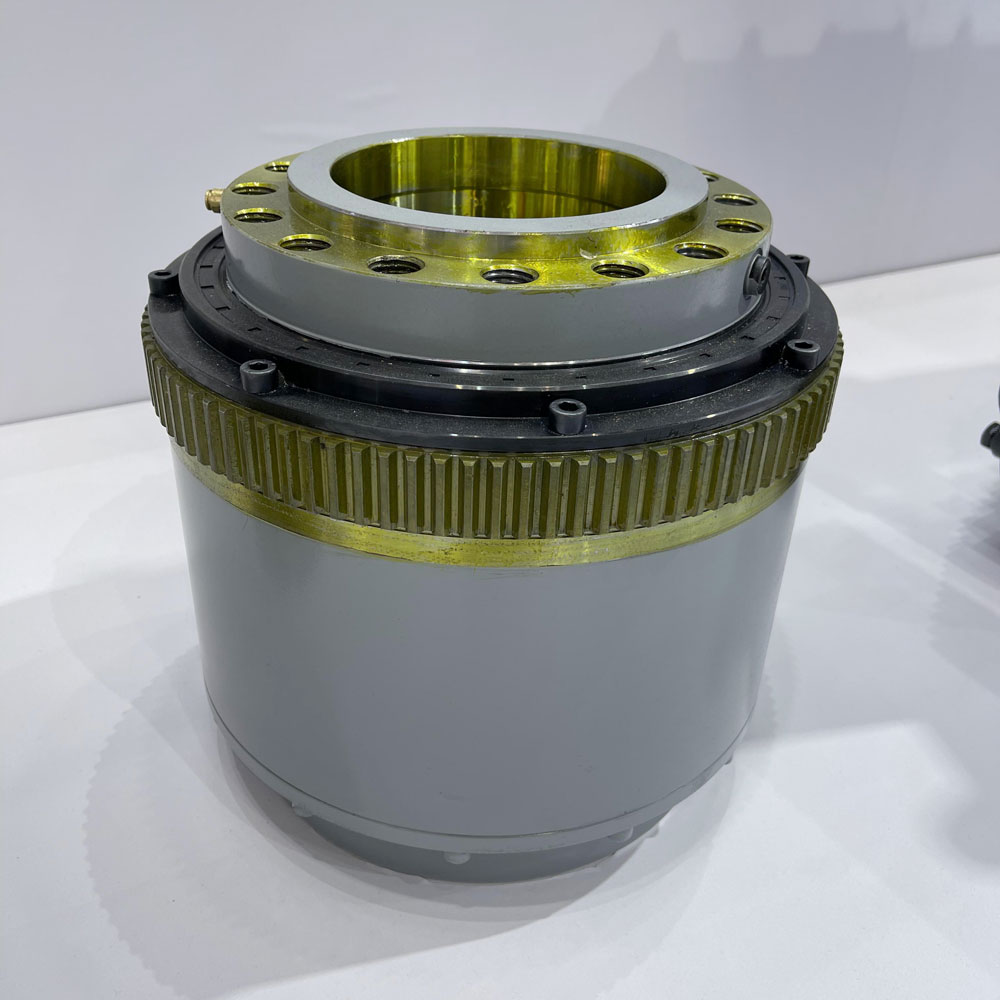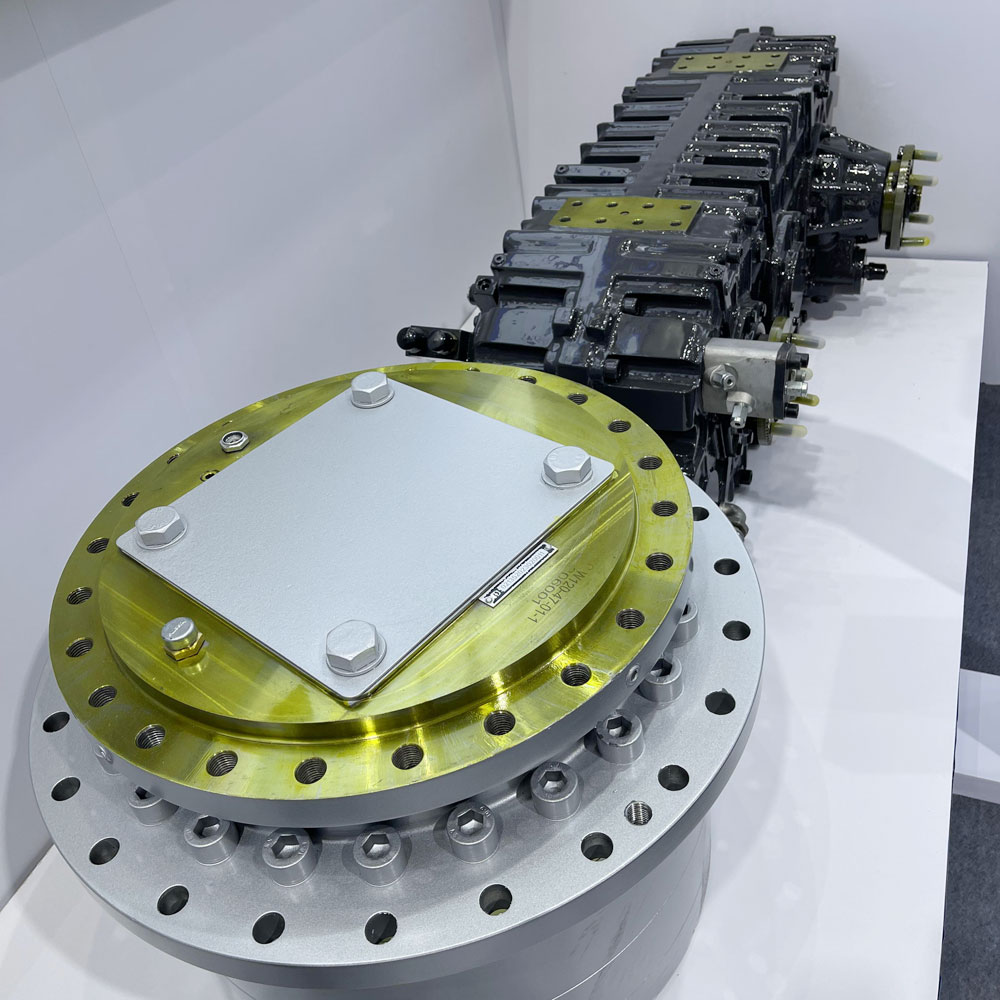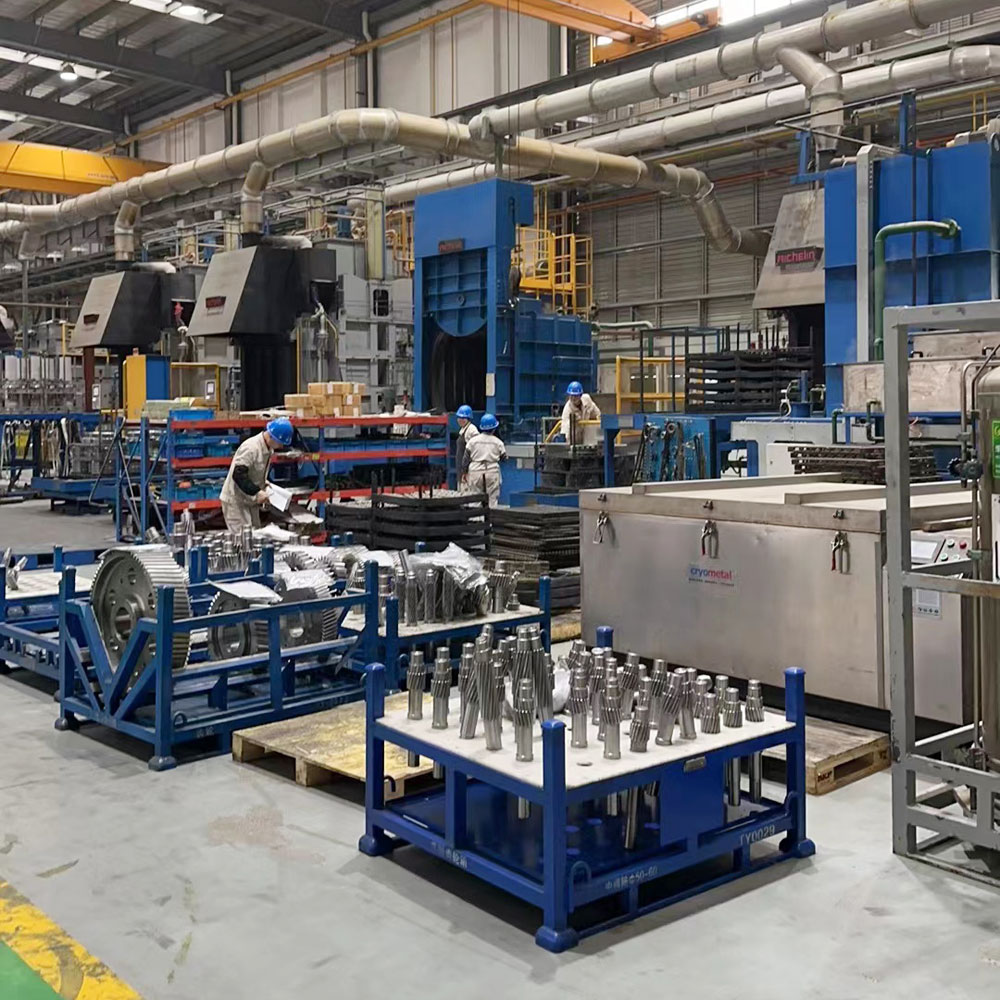Part 2:Gearbox Basics-Essential Knowledge for Beginners
For newcomers joining a gearbox manufacturing plant, understanding the structure and working principles of gearboxes is a crucial step in building a solid technical foundation. Gearboxes are widely used in industrial transmissions, automation equipment, construction machinery, new energy vehicles, robotics, and many other fields. Different types of gearboxes have distinct structural designs and applications. Understanding their core differences and internal components will help you adapt to the job more quickly and improve your skills effectively.

Ⅰ. Basic Concept of Gearboxes
A gearbox, also known as a reducer or transmission, is a mechanical device used to reduce rotational speed and increase torque. By utilizing various gear combinations, it transmits input shaft speed and torque to the output shaft in a controlled manner. Gearboxes are essential components in mechanical transmission systems and are commonly found in industrial machinery, wind power equipment, robots, electric vehicles, and agricultural machines.
Ⅱ. Common Types of Gearboxes and Their Principles
i. Planetary Gearbox
One of the most widely used structures, known for its compact size, high gear ratio, and strong load capacity. It consists of a sun gear, planet gears, planet carrier, and internal ring gear. The planet gears orbit the sun gear while rotating on their own axes.
Advantages:
Coaxial input and output
Multiple gear teeth in contact, high load-bearing capacity
Compact design, ideal for space-limited applications
Common in robotics, automation equipment, and electric vehicles

ii. Balancer Gearbox
Primarily used to eliminate unbalanced vibrations during mechanical operation, often found in internal combustion engines or dual-crankshaft systems.
Features:
Utilizes reverse-rotating gears for balancing
Reduces mechanical resonance and improves system stability
Common in automotive engines and high-speed machinery
iii. Bevel Gearbox
Designed for right-angle transmission, typically used to redirect power flow by 90 degrees.
Structure:
Uses bevel gears (straight or spiral)
Input and output shafts are usually perpendicular
Applications: Construction machinery, conveyor systems, packaging equipment
iv. Right Angle Gearbox
Also used for spatial right-angle transmission but not limited to bevel gears. It may adopt bevel gears, worm gears, or other mechanisms.
Differences:
Does not necessarily use bevel gears
Suitable for various right-angle transmission scenarios
Ⅲ. Main Structural Components of a Gearbox

Regardless of the type, most gearboxes consist of the following components:
i. Gear Sets
Spur gears: Simple, easy to manufacture, high efficiency, suitable for low-speed heavy-duty use
Helical gears: Smoother meshing and better load capacity, used in medium to high-speed applications
Bevel gears: Used for intersecting axis transmission
Planetary gear sets: Include sun gear, planet gears, and ring gear, ideal for compact, high-ratio applications
ii. Shaft Components
Input, output, and intermediate shafts serve as the medium for power transmission
Require high precision and heat treatment for durability
iii. Bearings
Support the rotating shafts and gears while reducing friction
Usually use rolling or sliding bearings
iv. Housing
The external casing that supports and aligns internal components while sealing lubricants
Common materials: cast iron, aluminum alloy, or welded steel
v. Sealing System
Prevents oil leakage and contamination ingress
Common elements: oil seals, O-rings
vi. Lubrication System
Provides lubrication to gears and bearings
Methods: splash lubrication, oil pump lubrication, oil mist lubrication, etc.
Ⅳ. Fundamental Knowledge System for Gearbox Beginners
To build a systematic understanding, new employees should focus on the following areas:
i. Gear Fundamentals
Gear meshing principles, module, number of teeth, pressure angle, etc.
Gear machining methods (hobbing, shaping, shaving, grinding)
Gear materials and heat treatments (quenching and tempering, carburizing, nitriding)
ii. Transmission Principles
Speed ratio calculations
Relationship between torque, power, and speed
Multi-stage transmission design and optimization
iii. Blueprint Reading
Ability to read part and assembly drawings
Understand dimensional and geometric tolerances (e.g., concentricity, parallelism)
iv. Processing and Assembly Procedures
Machining sequences of gearbox components
Assembly techniques: gear mounting, positioning, backlash adjustment
Precision inspection: runout, backlash, contact pattern
v. Fault Diagnosis and Maintenance
Common issues: noise, oil leakage, overheating
Routine maintenance: oil changes, seal inspections, bolt tightening, etc.
Ⅴ. Understanding Practical Applications
To enhance comprehension, it’s helpful to learn about how gearboxes are used across various industries:
Automotive transmission systems: automatic transmissions, differentials
Wind turbines: main gearboxes are typically planetary types
Industrial robots: use compact, high-precision planetary gearboxes
Food and packaging machinery: require clean, efficient, and low-noise transmission
Construction machinery: rotation drives in cranes, excavators, etc.
Ⅵ. Learning Tips
Start with assembly work: Learn component functions and how parts fit together on the shop floor
Learn from experienced technicians: Their practical troubleshooting and process knowledge is invaluable
Compare drawings and real parts: Strengthen 2D-to-3D understanding
Familiarize yourself with product lines: Understand different models, structures, and customer applications
Conclusion
As a newcomer to the gearbox industry, mastering the types, structures, components, and principles of gearboxes is your first step toward becoming a technical expert. Begin with the most common planetary gearboxes, study real products and drawings, then expand your knowledge to other types such as bevel gearboxes, balancer gearboxes, and right-angle gearboxes. Only by combining theory with practice can you truly understand the core of mechanical transmission technology.


